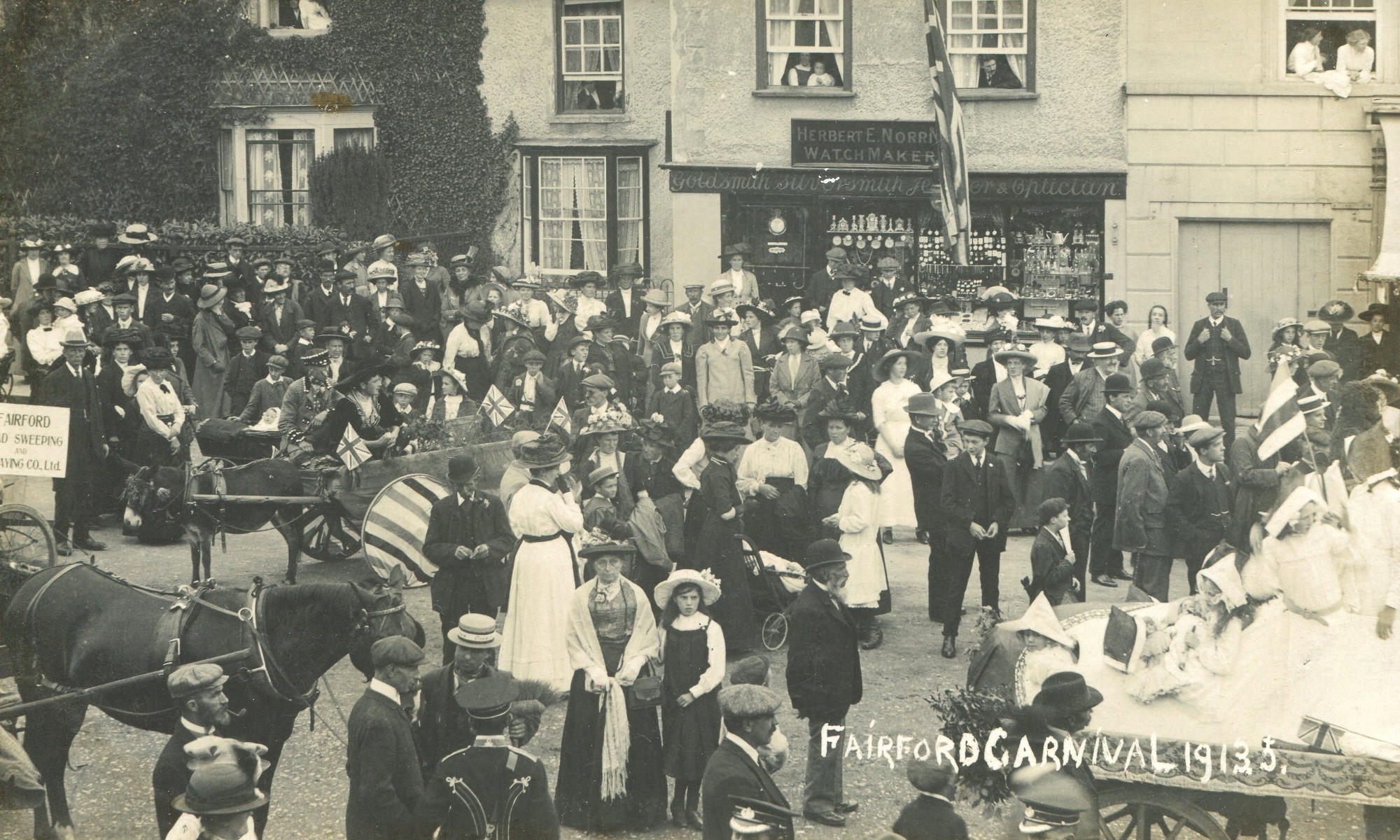On 29 September1538 a royal injunction was published throughout the realm by Thomas Cromwell, Henry VIII’s Vicar General. This read that:
“The curate of every parish church shall keep one book or register, which book he shall every Sunday take forth, and in the presence of the churchwardens, or one of them, write and record in the same all weddings, christ’nings, and burials made the whole week before; and for every time that the same shall be omitted, shall forfeit to the said church 3s, 4d.”
Initially there was much suspicion, especially by the clergy, that this was just a ruse to collect information for taxation purposes and therefore it would seem not all parished registers were actually commenced as early as 1538. A later injunction in 1597 instructed parishes to keep their records in a parchment book at which point many of the original registers were transcribed from the original paper copies. The following year saw an order that a copy of each parish register was to be sent to the Diocese Office of the appropriate Bishop within a month after Easter. These Bishop Transcripts are a useful check on the parish copy and can sometimes help with transcribing difficult to read handwriting.
It is not known when the Fairford parish register was first started but the existing books kept at Gloucestershire Archives commence in 1617 when the Reverend Christopher Nicholson was the Vicar. The registers could well have been started earlier than 1617 but may have been since lost, which, if so, is a great loss. The registers are all hand written, even up to the 1970s, and the standard of handwriting and clarity varies immensely, although some of the earlier registers are much more legible than many of the later ones!
A series of Acts between 1660 and 1680 instructed that all burials (except plague victims and the destitute) must be buried in ‘pure English woollen shrouds’. This was introduced in order to help England’s declining woollen industry and fines were made against families who did not comply. This accounts for many entries in the Fairford Parish registers which are annotated ‘buried in woollen’. The practice was generally ignored after about 1770.
Unfortunately for the local or family historian the Fairford registers do not often provide much detail other than names and dates. More fortunately however, the Fairford registers continue throughout the turbulent years of the English Civil War, unlike many other parish registers, although marriages are very sparse during this period, possibly because people were being married elsewhere or the marriages were not being recorded by the clergy.
Occasionally, brief notes have been added to the basic entries and some of these are noted below
• 21 Sep 1655 “A strange woman kild with the wagon who lived at Henly” (presumably it was the woman who lived at Henley!)
• 9 Sep 1690 William Robinson “killed by timber”
• 7 Dec 1697 “A stranger drownd near Mr Barkers house”
• 5 May 1734 Henry Fletcher “killed by a bell”
• 9 Oct 1737 Thomas Brown “kill’d by a fall from an apple tree”
• 9 Oct 1884 David Ormrod Archer “drowned whilst bathing at Freshwater, Isle of Wight Sep 27
The parish registers also record many instances where a significant number of people died over a short space of time as well as many instances where several members of the same family died within days or weeks of each other. These events probably indicate an epidemic of some kind; common diseases in the post-medieval era being plague, typhus, smallpox, cholera and consumption (tuberculosis). An example of this is the family of George Browne who lost his wife, two sons and a daughter in the space of a single week in 1621. Sadly, there are many other examples where an unusually large number of people, often from the same family, died over a short space of time.
On the last page of the 18th Century register is the following information:
“December ye 6th 1718 The Yew Tree was planted in Fairford Church-yard by Frampton Huntington A.M. Vicar.
NB: The Wall from ye Parsonage Stable to ye Street was built at ye cost of ye Revnd Mr James Oldisworth Impropriator, but it was pointed & cop’d at ye charge of ye Revnd Mr Frampton Huntington Vicar purely for ye good & benefit of ye trees planted against it.”
This is presumably the yew tree that was recorded in the Parish News as having been blown down in a storm on 16 March 1986. It would be interesting to know which wall this referred to as it would then point to the location of the parsonage stable and the parsonage itself. This was written before the Free School (Community Centre) was built so the wall dividing that plot and the churchyard is probably the most likely candidate.
The Fairford Parish Registers can be consulted in the FHS Archive Room but all are now available at Ancestry.co.uk which can be consulted free at Gloucestershire Archives.
